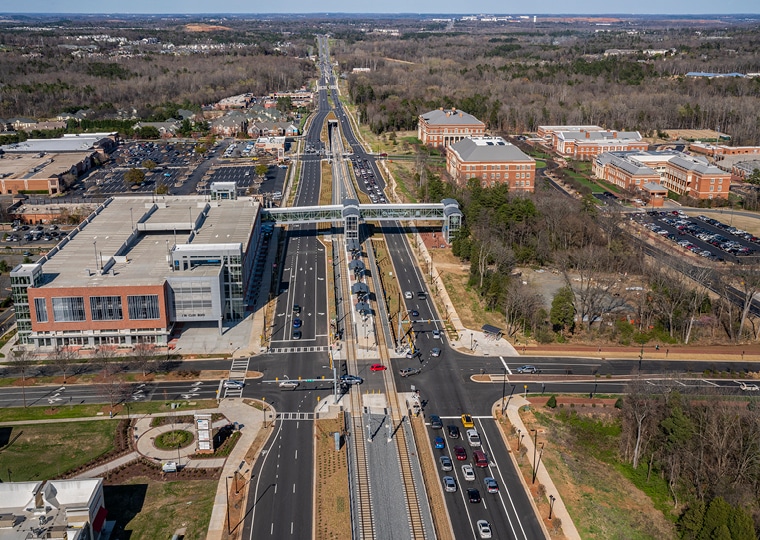
There’s been a lot of change in the environmental planning sphere over the past 2+ years, which means there’s a significant amount of policy evolution that our clients and other key stakeholders need to keep up with, especially as it relates to the National Environmental Policy Act, commonly known as NEPA.
Originally signed into law on January 1, 1970, NEPA requires federal agencies to assess the environmental impacts of their proposed actions prior to making decisions. Over the course of my career, I have placed a significant amount of value into learning all of NEPA’s various intricacies and working with policymakers to strengthen the act to create better outcomes for infrastructure in our communities.
At STV, our environmental planning team partners with our clients, and local stakeholders in the communities we serve, to see that new infrastructure programs honor both the current needs as well as the history of the city or municipality. We believe in a robust community outreach plan that listens closely to identify ways our projects can best promote diversity, equity and inclusion, and don’t inadvertently create new barriers.
We also support reaching out and educating our clients and stakeholders about NEPA and the long-term environmental effects of a proposed infrastructure project. To that end, over the past few months I have been giving a series of presentations to state agencies in Illinois via the American Council of Engineering Companies Illinois Chapter’s “Lunch and Learn” series and via statewide and national webinars. These learning opportunities are being used to address recent and potential future changes to NEPA, and how that impacts equity in transportation and other environmental planning matters.
One of the most transformative changes was enacted last year when the White House Council on Environmental Quality (CEQ) restored three elements of NEPA regulations regarding the evaluation of all relevant environmental impacts – including those associated with climate change – that had been changed by the Trump Administration in 2020. The goal of this policy change is to provide communities and decision makers with more complete information about proposed projects and alternatives, and their environmental and public health impacts.
Additionally, over the past two years, the Biden Administration has proposed incorporating more diversity, equity and inclusion into decision-making for projects, while also issuing an executive order on environmental justice and prioritizing federal grant funding for zero-emissions and electric vehicles projects as part of a larger push to decarbonize the nation’s transportation network. On July 31, 2023, CEQ issued the proposed Final Rule on the Phase II revisions to the 2020 NEPA regulations. CEQ’s latest revisions to the NEPA regulations include a strong emphasis on building resiliency in infrastructure and the importance of indigenous knowledge in federal infrastructure project decision-making.
These proposals are what I like to consider “conservation in action.” They help to uphold the trust indigenous and tribal people have in our national ecosystem, while also looking forward to progress and building better infrastructure throughout the United States.
Still, as federal money continues to pour into all corners of the country from the Infrastructure Investment and Jobs Act, NEPA currently remains a moving target in terms of how much oversight the federal government will ultimately have on environmental permitting and how expedited that process will be. That’s why it’s crucial for our team to always be monitoring current legislation, such as the NEPA changes in the Financial Responsibility Act of 2023, as well as other policy proposals while continuing to advocate for being good stewards and partners with our communities during the environmental planning phase of our project work.

Ron Deverman, CEP, is an STV vice president and national environmental planning leader. He has more than 35 years of experience managing NEPA transportation projects and is past president of the National Association of Environmental Professionals (NAEP) and a current Board Trustee of the Academy of Board Certified Environmental Professionals (ABCEP). He was also the former chair of the NAEP/CEQ pilot program for NEPA innovation which looked at ways to modernize and reinvigorate federal agency implementation of the policy act.






